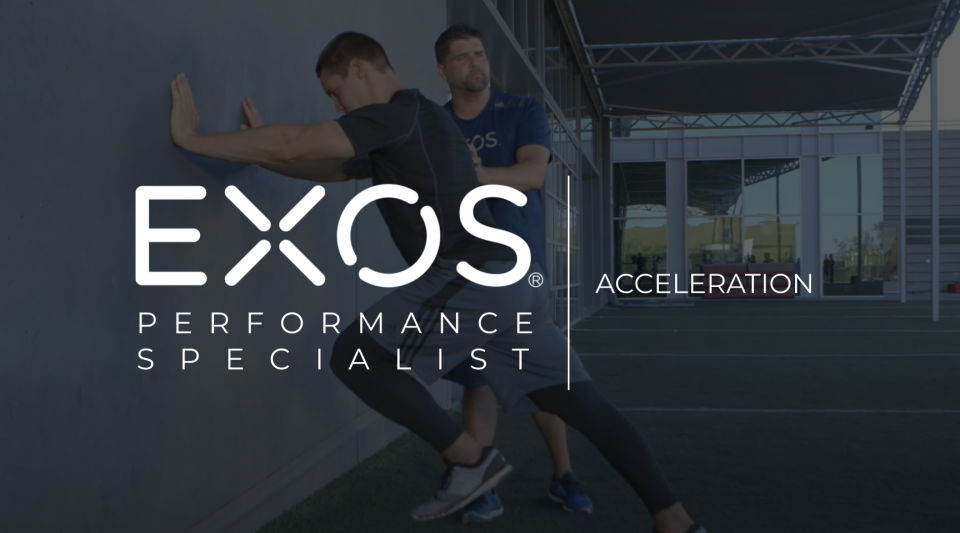
When using the catalog database, indicate the subtype of the catalog database. When using the catalog database, indicate the type of the catalog database.
#Opendrive exos velocity code#
Example: traffic lightĬountry code of the signal, see ISO 3166-1, alpha-2 codes Indicates whether the signal is dynamic or static. Unique ID of the signal within the database Attributes of the signal element, extended by the international signs model AttributeĬatalog database file name, for example, \catalog_data.xml. The table shows the attributes of a signal: Table 28. Value = all, car, women, handicapped, bus, truck, electric, residents The additional attribute value, for example, describes the text in RoadMark Type enumeration: class (group) specific enumerations (derived and extended from current enumeration ObjectType)Īttributes: class specific additional attributes. Object class: new class grouping current (OpenDRIVE 1.6) object types For these use cases, the ContinuousRepeat type is introduced. If, in such use cases, the geometry is inserted only in small pieces, the continuous curve of the object is lost. For this use case, the parametric description of repeated objects is very space-saving. For particularly elongated objects that stretch over several kilometers, however, the insertion of such a long geometry is very complex. These could also be described by the geometry type polyline. This is particularly useful for continuous objects, such as guardrails. On the other hand, the geometry for repeated objects can be used to describe curves parallel to the reference line. If an unchanged shape of the object shall be modeled, for example delineator, a _BREPGeometry, _SolidGeometry or external reference can be used. It defines a distance to repeat an object and inherits attributes to describe an object using parameters. This use case would be supported by the new geometry type STHRepeat. For example, delineators can be easily described by defining the distance and by a unique description of the geometry. This is especially useful for synthetic data, if the same object type is repeated after a certain distance. Primarily, repeated objects are used for repeating object types. If a junction grid is present it shall override any elevation values derived from connecting roads.įor junction entries and exits, a smooth transition should be assured.īase geometry, for example, the reference line or possibly a specific curve defined for this object. This does not apply to connecting roads, because they are inside the junction area. The junction grid outside the junction area is overwritten by a road passing the junction grid. The junction grid shall be valid from the point where a traffic participant enters the junction area until it leaves the junction area on an outgoing road. The junction grid shall be defined to the left and right of the junction road with perpendicular vectors The junctionGrid shall cover the whole junction area, enclosed by the junctionBorders. If a junction grid is defined, a junction border is required.
#Opendrive exos velocity full#
This is required for objects and grid to cover the full junction area.Ī junction shall have only one junction grid. The junctionRoad shall cover at least the maximum extent of the junction area. The reference line of the junctionRoad shall share at least one point with the junction area. Semantics for the international signs modelĮvery junction should have junctionBorders that define the junction area. Short summary of the proposal and motivation

Improved description of the elevation profile of roads in junctions

Working group 4, International traffic sign model Working group 2, Environmental representation


 0 kommentar(er)
0 kommentar(er)
